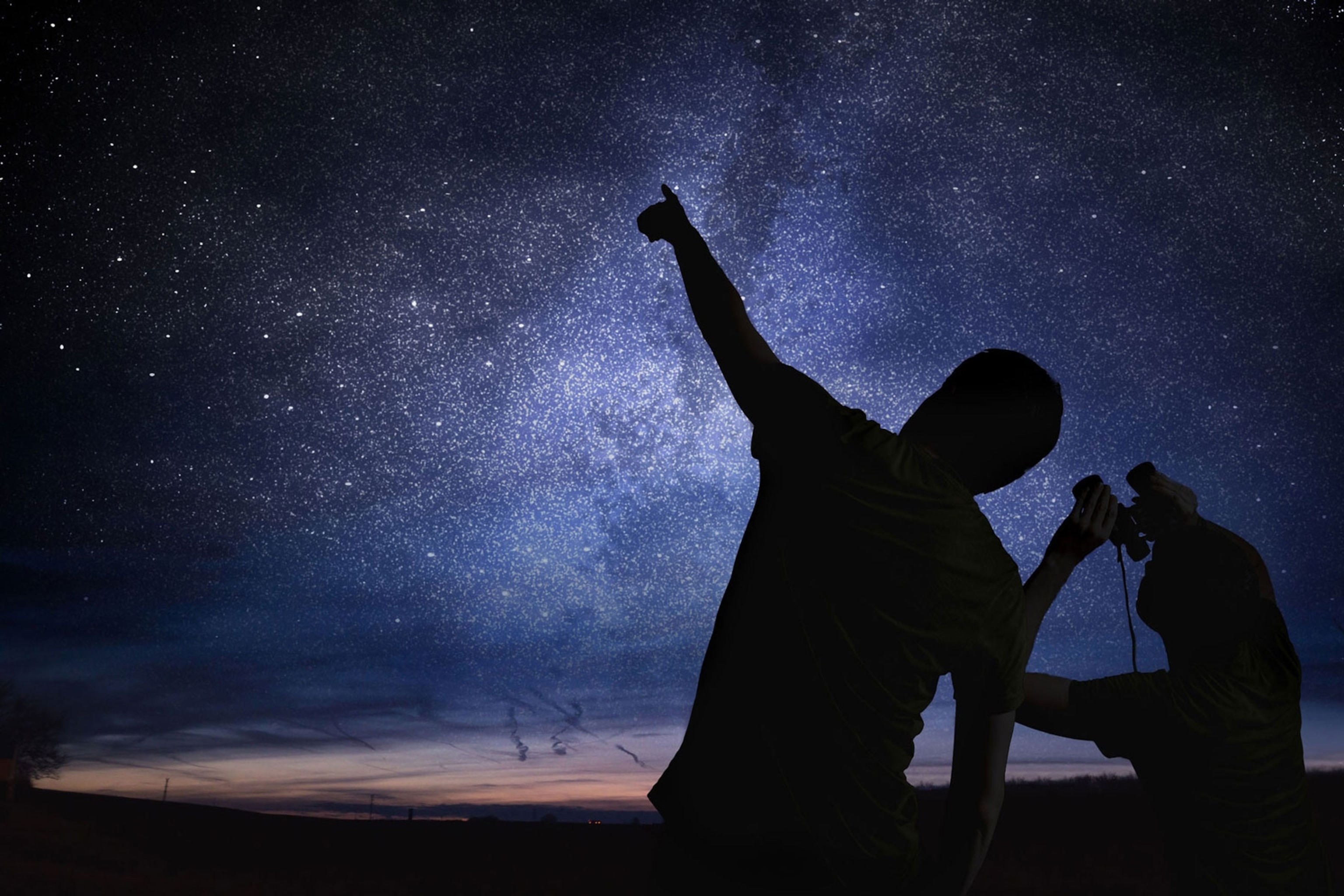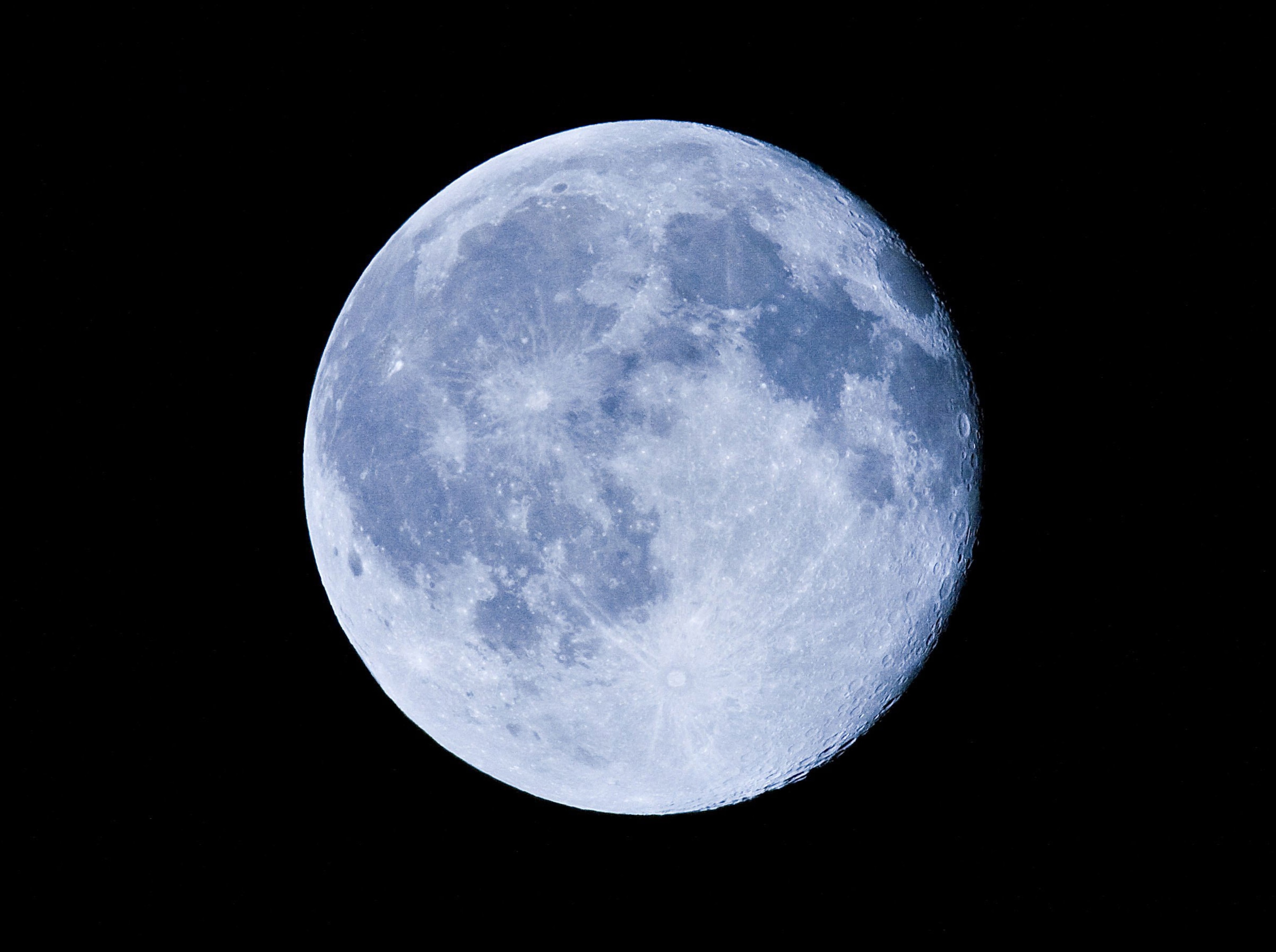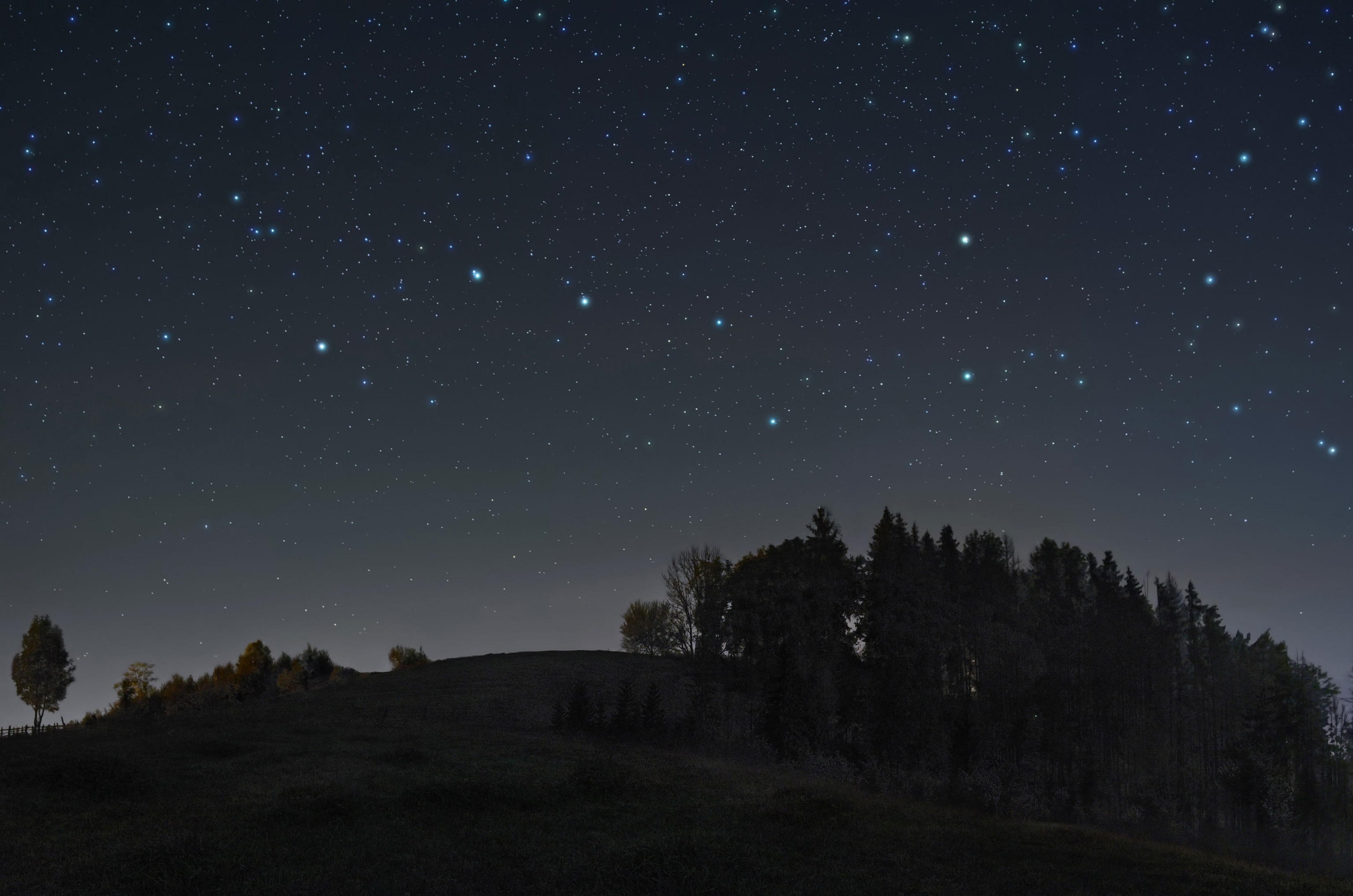
Need a new idea to keep kids entertained? Try stargazing.
The night sky offers educational activities—even with the unaided eye.
Tired of the "I'm bored" announcements that never seem to end? Here’s an idea: Look up.
Stargazing is an accessible activity for families—and a great excuse to introduce kids to astronomy. For starters, parents can teach their children about the basics of the cosmos, such as major constellations, planets, and the moon. Then take the next step in to stargazing with these ideas.
(Explore the National Geographic Kids’ space hub.)
Skywatching tools
All you really need is a view of the night sky and your eyes. But binoculars and inexpensive telescopes can enhance the experience.
A pair of 7x50 binoculars, the most popular size, is ideal for skywatching. When it comes to family telescopes, the two main types are lens-based refractors and reflectors that focus starlight using mirrors. The main features to look for in a scope are a high-quality lens, a rock-solid mount, and a set of three eyepieces that you can use to change magnification.
(See beautiful stargazing photos taken by Nat Geo readers.)
Screen time can actually be your friend when it comes to viewing the night sky. For instance, SpaceWeather.com publishes up-to-date forecasts for when the sun’s auroras—colorful light shows—are flaring up in the Northern or Southern Hemisphere. Heavens-above.com describes when to spot the International Space Station and other bright satellites orbiting above your home. And Skymaps.com offers free printable downloads of monthly charts that show where all the brightest stars can be seen in local skies.
Smartphones can also be a resource for roaming the night sky. Download a free planetarium app like Star Chart, which allows you to hold your phone up to the night sky and plot out countless stars and planet positions.
Start with the moon
Wherever you live, the moon is a good starting point. Our nearest cosmic neighbor is the easiest object to see without binoculars or a telescope.
Ask kids to make out the brighter, light-colored patches on its disk—those areas are covered with 20,000-foot mountain ranges and highlands filled with round craters of all sizes—some bigger than New York City.

The best time to explore the moon’s surface with a telescope or binoculars is when its disk is half lit (called the quarter moon), or when it’s a crescent. Pay particular attention to the boundary line between the sunlit side and the dark part of the disk. It’s along this region that you’ll see jaw-dropping views of long shadows cast by jagged mountain ranges and uplifted crater rims. Encourage children to imagine what it was like for Apollo 13 astronauts as they looked out their spacecraft at the moon below, as they orbited it more than 50 years ago.
One idea for an astronomy-themed project: Have kids take photos of the moon as it cycles through its monthly phases. To make the photos more dramatic, frame them with foreground objects like your house or a tree, or maybe yourself—a lunar selfie. At the end of the month, create a collage using a free phone app like Instagram’s Layout. (Get kid-friendly instructions to draw the moon.)
Visit faraway worlds
With the unaided eye, up to five planets—Mercury, Venus, Mars, Jupiter, and Saturn—can be easily seen on evenings and early mornings throughout the year from anywhere on the planet.
In April and May, viewers across the world can look toward the western sky at dusk see a startlingly vivid Venus, the brightest object in the sky. Meanwhile if you look toward the east an hour before your local sunrise, you’ll see the planetary trio of Mars, Jupiter, and Saturn.
Even though all three planets are many millions of miles away and basically look like vibrant stars, you can still tell the difference between them. Jupiter, the brightest, is creamy-white; Saturn is golden-yellow; and Mars is a faint orange-red because of the rust-filled dust covering its surface.
As a fun experiment, have kids hold their binoculars steady while watching Jupiter; they’ll observe its four largest moons, first seen by Italian astronomer Galileo over 400 years ago using the newly invented telescope.
Then on a piece of paper, ask them to draw the positions of each moon beside Jupiter. The next night or two, check them out again and see how the moons have shifted positions. (Virtually explore some of the world’s best stargazing spots.)
Go star-hopping
One of the most famous star patterns in the Northern Hemisphere is the Big Dipper, located in the constellation Ursa Major, which translates to “big bear” in Latin.
The next clear night this spring, look high overhead in the northern sky and spot the dipper’s “bowl” appearing to pour its contents onto Earth. Use the stars that mark the outer edge of the bowl to draw an imaginary line toward the horizon until you hit the next brightest star. That’s Polaris (aka the North Star), part of the Ursa Minor (“little bear”) constellation.
For those in the Southern Hemisphere, the distinctive and highly visible Southern Cross is a great jumping-off point to star hop around the night sky. First have kids identify the spine of the cross with their binoculars and draw an imaginary line below it. That leads to a spot between the Large and Small Magellanic Clouds, two of the largest and brightest dwarf galaxies that orbit our Milky Way.

Next, tell them to look at the cross’s arms, and move to the right until they reach a bright cloud-like object. This is the Eta Carinae nebula, a giant cloud of gas and dust that lies 10,000 light-years from Earth.
And don’t forget our home galaxy, the Milky Way. Over the next few months, the ghostly glow of the Milky Way’s band of stars will become more noticeable. Use binoculars to tour the millions of stars arching across the overhead sky.
With nothing more than your eyes and a good star chart, together your family can embark on your own journey across the universe—even though you’re likely staying at home.
This article was published on April 14, 2020 and has been updated.




